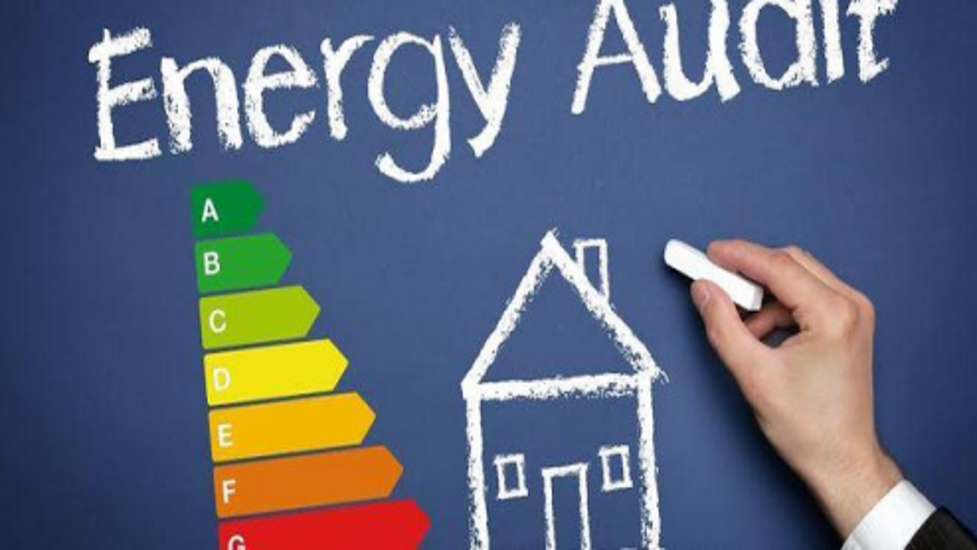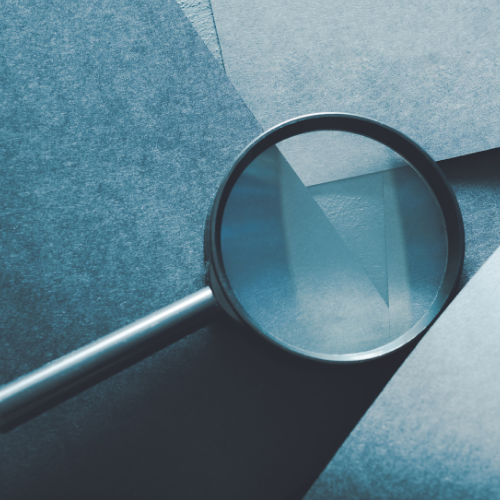Conduct an electricity audit to learn about energy in your home and how to save energy!
PURPOSE
Keen on decreasing your carbon footprint but not sure where to start? Why not start with electricity since it is one of the easiest and simplest places to begin.
GRADE LEVELS
7-12
SUBJECTS
Science

SKILLS DEVELOPED
Critical Thinking
Problem Solving
Creativity and Innovation
MATERIALS NEEDED
Copy of your home electricity bill
Pen/pencil and clipboard
Calculator
DIY draft detector (tissue paper and pencil)
Fridge thermometer
TIME
15 minutes x 4 audits
Instructions
In this activity, you will audit your lighting, doors, window, outlets, electronics, and appliances to determine where you can be more energy-efficient and save money!
Part 1: Lighting
Alberta’s electricity is mostly from non-renewable sources. Switch off and swap for LED to burn fewer fossil fuels. Changing all your lighting to LED within your home to save 2020 kg CO2e/year (carbon dioxide equivalents) and $200/year. What can you do with an extra $200?
Review the various lighting sources to determine which you have in your home. Input the light sources in your home into the worksheet.
*Note: A lumen is a measure of brightness from a light source.
Part 2: Outlets and Electronics
- Tally up the number of outlets and various electronics in each room in your home in the worksheet. You can save electricity and greenhouse gas emissions by switching off appliances when not in use. How many outlets are being used even when the electronics are turned off? Are they consuming phantom energy? Phantom energy describes appliances that leech electricity even when they are shut off! Spooky!
Next, find a recent electricity bill and ask the following questions. Be sure to input your answers in the worksheet as well.
- What is the cost of electricity per kWh according to the bill?
- Which month(s) do you use the most electricity?
- How many kWh electricity did you use this month?
- In Canada, the average home electricity use is 11,135kWh/year
- How does your home compare?
- How does the example bill to the right compare?
Hint: multiply average cost/day by 365 days
- What is the cost of electricity per kWh according to the bill?
Part 3: Doors and Windows
Drafts are responsible for about 25% of residential heating and cooling energy use! Seal up doors and windows to save money on home heating!
- Make a DIY draft detector by taping tissue paper to a pencil (it should look like a flag!)
- Hold the draft detector in several locations around the edges of entrance doors and windows. The tissue will wave when touched by a draft.
- Record the direction your window/door is facing and input your answers in the worksheet. Why does the direction of matter?
** Be careful not to be misled by drafts from nearby heating vents or air currents.
Tips for reducing drafts:
- SOUTH facing windows get the most sunlight, saving you in home heating in winter. NORTH facing windows get the least amount of sunlight so cover them with curtains to retain heat in winter.
-
Seal up your home using weather stripping or caulking which minimizes heat loss and the electricity or natural gas needed to keep your homes warm.
-
Weatherstripping is made of foam or vinyl and creates a seal by squishing against both the door and frame when the door is closed.
-
Caulking is a bendy material that goes on windows and doors as a thick liquid and sets in place to seal cracks.
-
Part 4: Refrigerators
If your fridge or freezer is too cold, it will use up to 25% more energy than necessary every month. The best temperature for your fridge is 0-4°C. For your freezer, it is -18°C.
- Place a thermometer in your fridge or freezer and wait 10 minutes.
- Read the thermometer and record your answers in the worksheet. Is your fridge too cold? Or not cold enough, therefore, leading to increased risk of food spoilage?
- Adjust the temperature if necessary.
Made possible by Energy Efficiency Alberta
More Bring Nature Home for Families
Bring Nature Home is our online database of tried-and-tested CPAWS Southern Alberta activities! Here are some ways that you can bring nature home (or to the classroom) today!

CPAWS Says!

Elder Rocks



 Next, find a recent electricity bill and ask the following questions. Be sure to input your answers in
Next, find a recent electricity bill and ask the following questions. Be sure to input your answers in 
